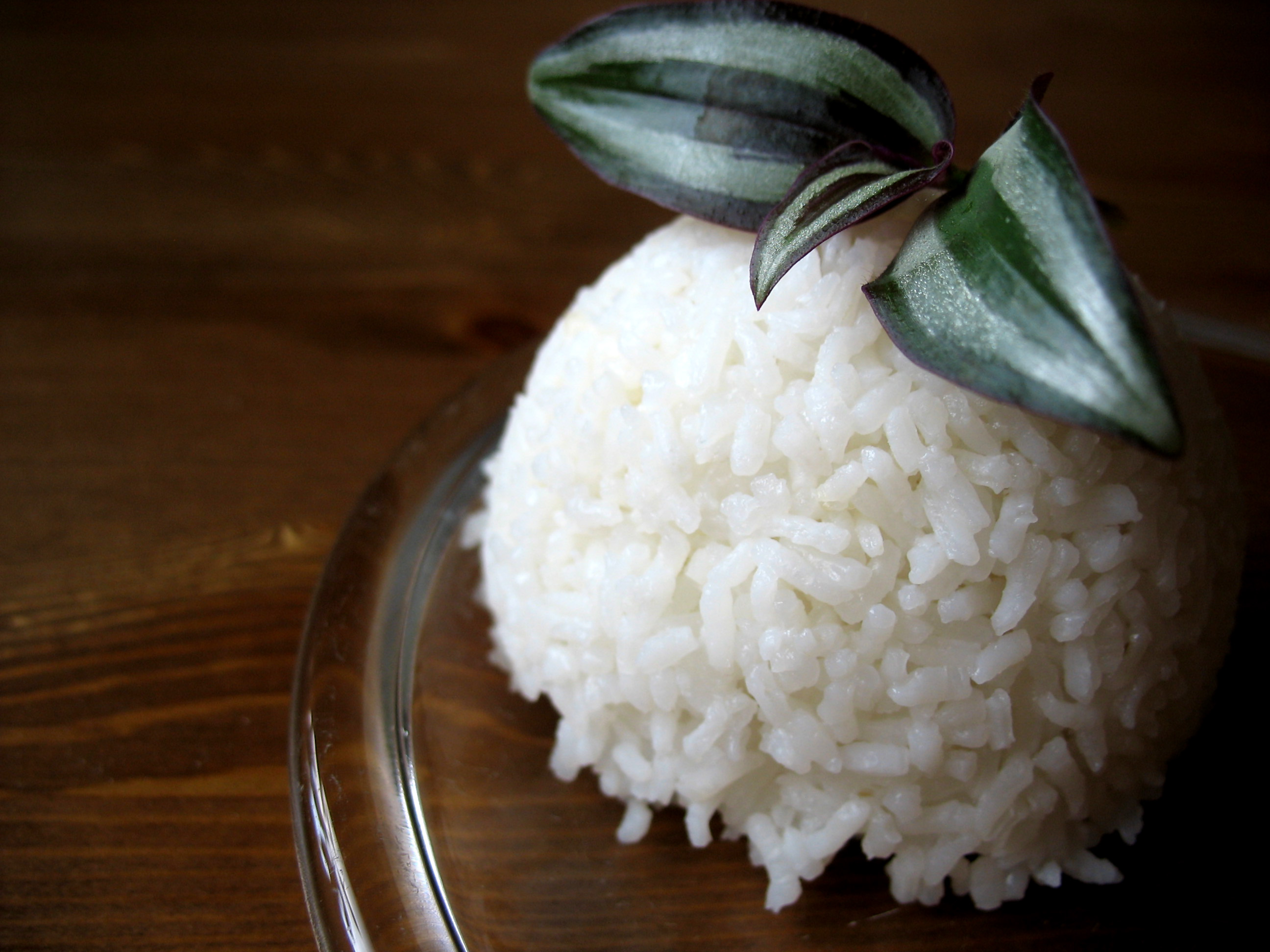

WHITE, BLACK, BROWN, AND EVEN WILD – SUCH VARIETY AMONG CEREALS IS CHARACTERISTIC ONLY OF RICE. THE RESULT OF THE PLANNED DISH DIRECTLY DEPENDS ON ITS SHAPE, LENGTH, AND COLOR. THE RIGHT VARIETY DETERMINES 90% OF SUCCESS IN PREPARING PILAF, SUSHI, AND, OF COURSE, ORDINARY RICE PORRIDGE. WHILE HOUSEWIVES USUALLY HAVE NO QUESTIONS WHEN COOKING WITH ROUND RICE, SOME BUYERS ARE STILL GETTING USED TO SUCH EXOTIC NAMES AS "ARBORIO", "JASMINE", AND "INDICA". LET'S UNDERSTAND THE SUBTLETIES OF CHOOSING RICE TOGETHER.
LONG AND EVEN LONGER
Long-grain rice (indica) is suitable for those who advocate versatility. This rice doesn't stick together when cooking and turns out fluffy.
Medium-grain rice is shorter and wider than long-grain rice, and during cooking absorbs more moisture, so its grains stick together slightly, but the dish turns out more tender and soft. This variety is suitable for soups, pilaf, risotto, and paella.
The most popular variety of rice is round-grain. It contains a large amount of starch, so in its finished form it represents a creamy mass. Round rice is ideal for making sushi, pies, thick porridges, puddings, casseroles.
Rice can be polished and unpolished. Polished rice is grain cleaned from its hull. Health enthusiasts don't accidentally boycott this type of rice: in terms of vitamins and trace elements, it is inferior to unprocessed varieties.
Unpolished rice, which retains its hull, is considered a healthy dish. It should be noted that unpolished rice takes twice as long to cook and even after prolonged heat treatment will be firmer than other varieties.
EACH TO ITS OWN VARIETY
There are more than 20 main varieties of rice and more than 150 variations. The rice color scheme is represented not only by white shades; in nature, there is red, purple, yellow, and even black rice. Let's talk about the most famous varieties.
Basmati. From Hindi, the word "basmati" translates as "fragrant". This is an elite variety of rice grown in India and Pakistan. Basmati rice has a delicate nutty taste, doesn't stick together during cooking, and cooks up fluffy. Perfect side dish for most meals.
Jasmine. This variety of Thai rice has a pleasant aroma reminiscent of jasmine flower scent. Snow-white rice cooks up soft, but its long grains don't overcook and maintain their shape. This rice is very suitable for making salads, side dishes, and desserts.
Red rice. In France, where this rice grows, it was long considered a weed. But in Asia, there's a completely different attitude toward red rice. There, this variety has been valued since ancient times and is considered one of the healthiest. Red rice doesn't overcook and at the end of cooking has a delicate nutty aroma.
Tibetan Black Rice. Real wild (black) rice is actually a marsh grass of the cereal family. Its homeland is North America, but now wild rice is cultivated in other regions as well. In addition to the standard set of vitamins inherent to rice, this grain crop is especially rich in magnesium and zinc, potassium and folic acid.
Arborio. Italian medium-grain Arborio rice has a special property: during cooking, it acquires a creamy consistency and absorbs the taste and aroma of all ingredients in the dish.
Camolino. Large round grains of Egyptian rice are pre-treated with vegetable oil, giving them a pearly-cream shade. After cooking, the rice retains its softness and stickiness, but the grains don't stick together. Camolino is used for sushi, porridges, and delicate desserts.
Spanish rice. The Bomba, Valencia, and Calasparra varieties are especially good. The rice perfectly absorbs liquid and remains fluffy. Spanish rice is suitable for delicious paella and pilaf.
Uzbek rice for pilaf. The legendary varieties of chungara, devzira, and dastar-saryk are used to prepare real Asian pilaf. Thick and heavy grains of cream, brown, and reddish color, thanks to special processing, absorb the maximum amount of moisture and fat, and the dish turns out fluffy and aromatic.
USEFUL INFORMATION
Parboiled rice does NOT cook faster. Although this rice undergoes primary heat treatment with steam, it cooks slightly longer than regular white varieties but turns out soft and fluffy.
Only registered users can leave reviews. Please log in or register.
Login